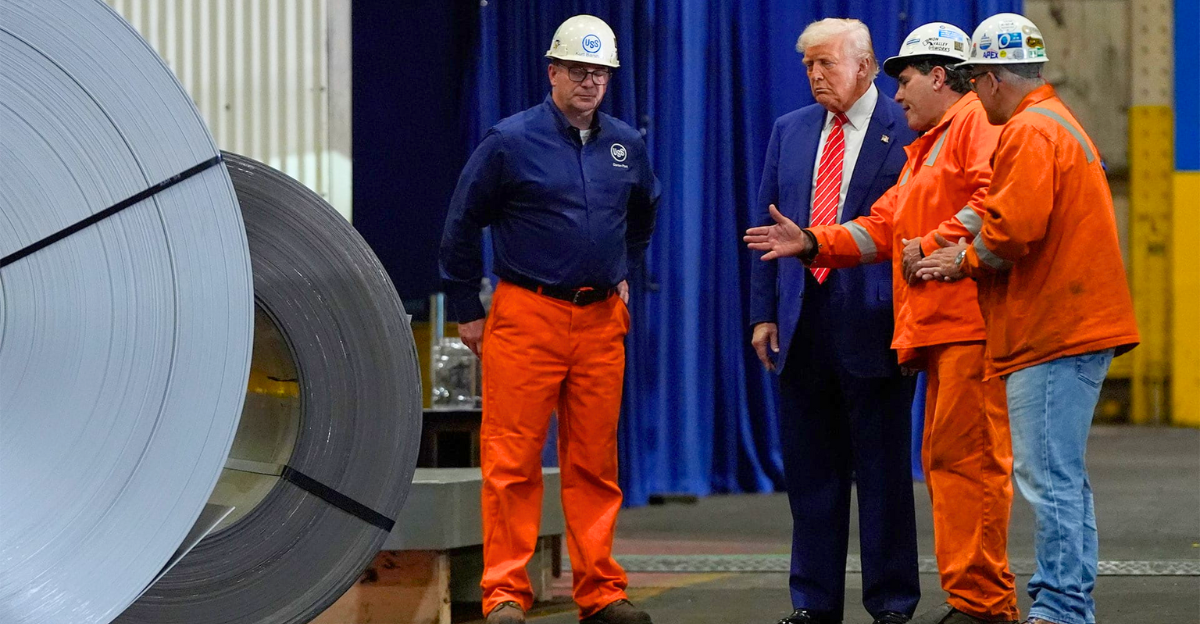
Tariffs are levied by the government on imported goods with the goal of safeguarding domestic industries by raising the cost of foreign goods. The United States significantly raised tariffs in 2025, imposing a 125% duty on Chinese imports that targeted raw materials, electronics, and machinery. The stated objective is to combat unfair trade practices and revitalize American manufacturing, but the actual situation is very different. These tariffs have slowed industrial growth, caused supply chain disruptions, and increased costs rather than reviving factories.
As financial markets respond to the uncertainty and consumer confidence falters, the entire economic ecosystem is put under pressure. In the end, tariffs are a blunt tool that undermines the interwoven web of American economic growth while hurting the very industries they are meant to protect.
What We Can Learn from Smoot-Hawley
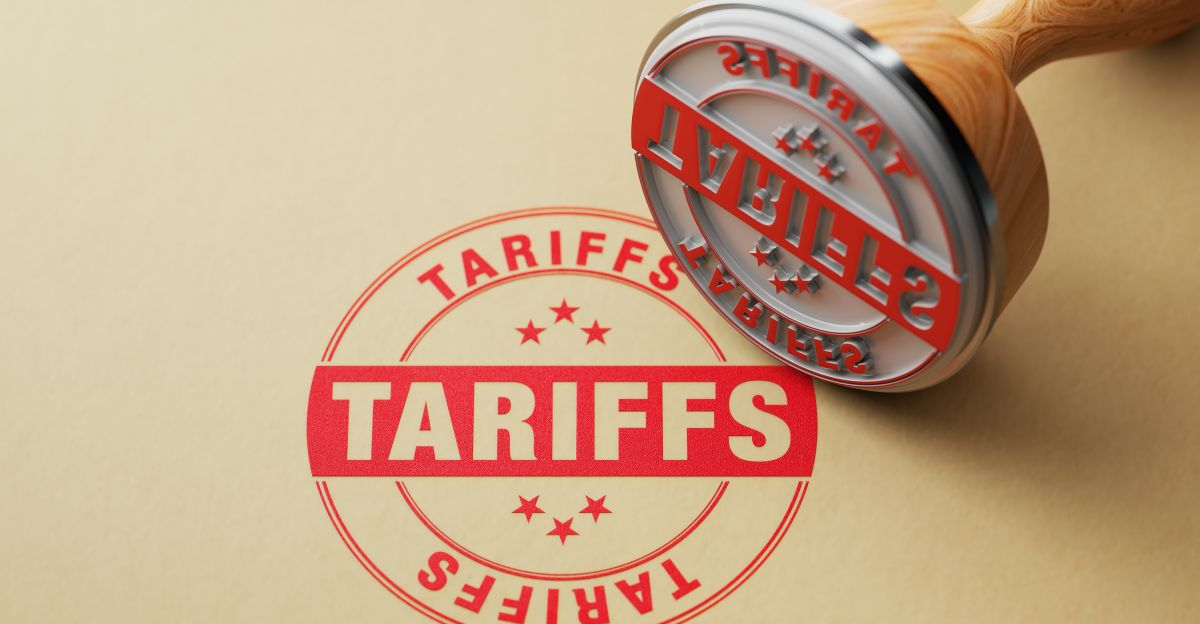
History has a lesson to teach us. Enacted in 1930 to safeguard American industry and agriculture, the Smoot-Hawley Tariff Act sparked international retaliation and made the Great Depression worse. International trade decreased, the cost of necessities skyrocketed, and American families were negatively impacted as trading partners retaliated with their own tariffs.
It’s crucial to remember that Smoot-Hawley had a significant impact on American economic policy, not just trade statistics. Because of the ensuing economic hardship, policymakers were compelled to reconsider isolationist tactics, which ultimately resulted in the establishment of organizations like the World Trade Organization that are intended to promote collaboration and lower barriers. Echoes of these lessons are being disregarded in the modern era.
The Current Tariff Shock: Information and Patterns
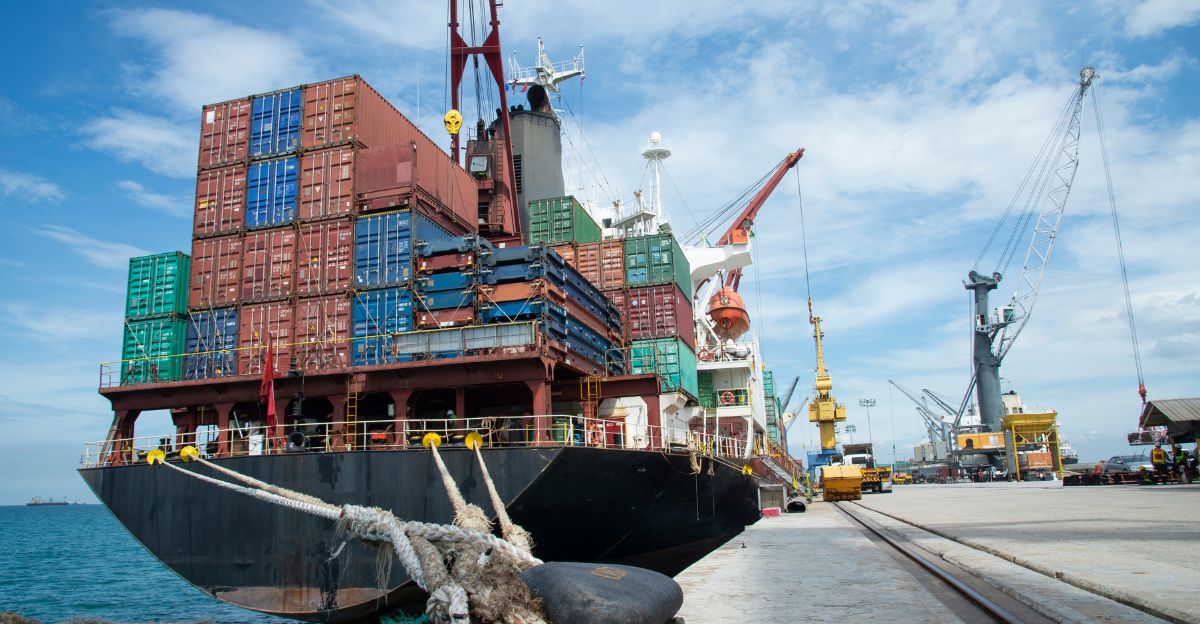
The severity of the current tariff shock is revealed by recent data. After growing steadily until the end of 2018, U.S. manufacturing output and employment have since stagnated or decreased. The PMI’s decline to 47.2, the lowest level since 2009, indicates contraction rather than expansion. Economists from the Federal Reserve have confirmed that tariffs have increased producer prices and caused job losses rather than increasing manufacturing output or employment.
As the economic foundation erodes, schools, healthcare, and public services suffer, having a significant downstream effect on communities. Because supply chain interruptions and higher input costs have a knock-on effect, even industries that are not explicitly targeted by tariffs suffer.
The Domino Effect of the Supply Chain
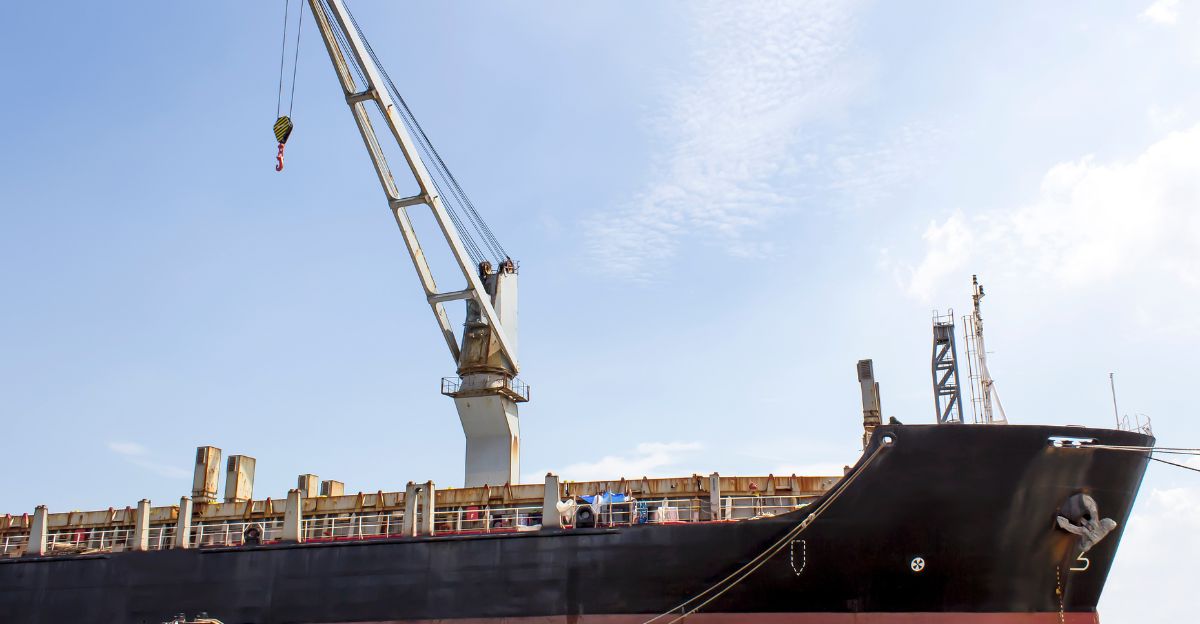
Tariffs are not a stand-alone mechanism. Manufacturers must deal with soaring costs for necessary parts and raw materials when the United States imposes a 125% duty on Chinese imports. While many search for substitute suppliers, few are able to match China’s pricing or scale. Supply chains were upset, production was delayed, and contracts were lost as a result. Some businesses try to restore production, but this puts a further strain on margins because it takes a lot of time and money.
Global chip shortages have already put pressure on electronics companies, and now they must deal with even greater costs and longer lead times. A disruption in one nation can swiftly spread across continents due to the complexity of contemporary supply chains, impacting everything from consumer electronics to pharmaceuticals.
The Deceptive Presence of Home Renovation
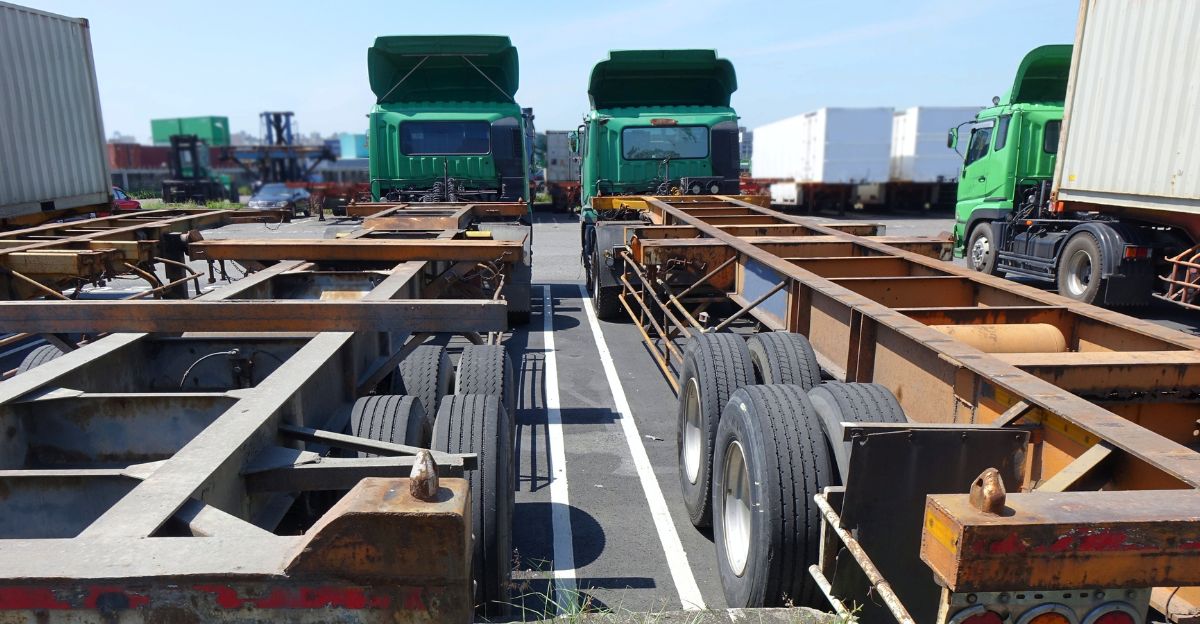
Proponents contend that by increasing the competitiveness of American-made goods, tariffs will boost domestic manufacturing. The benefits are actually very unequal. The majority of manufacturers who depend on imported inputs face declining profitability, while a small number of steel and textile producers might experience temporary gains.
Even goods with an American label frequently use technology or parts from other countries. Tariffs that break these connections lead to a regression rather than a renaissance, with higher costs, worse quality, and less innovation. Furthermore, the emphasis on established industries like steel and textiles takes attention away from newer fields where the United States could lead, like advanced manufacturing, biotechnology, and clean energy.
Export Trap and Retaliation
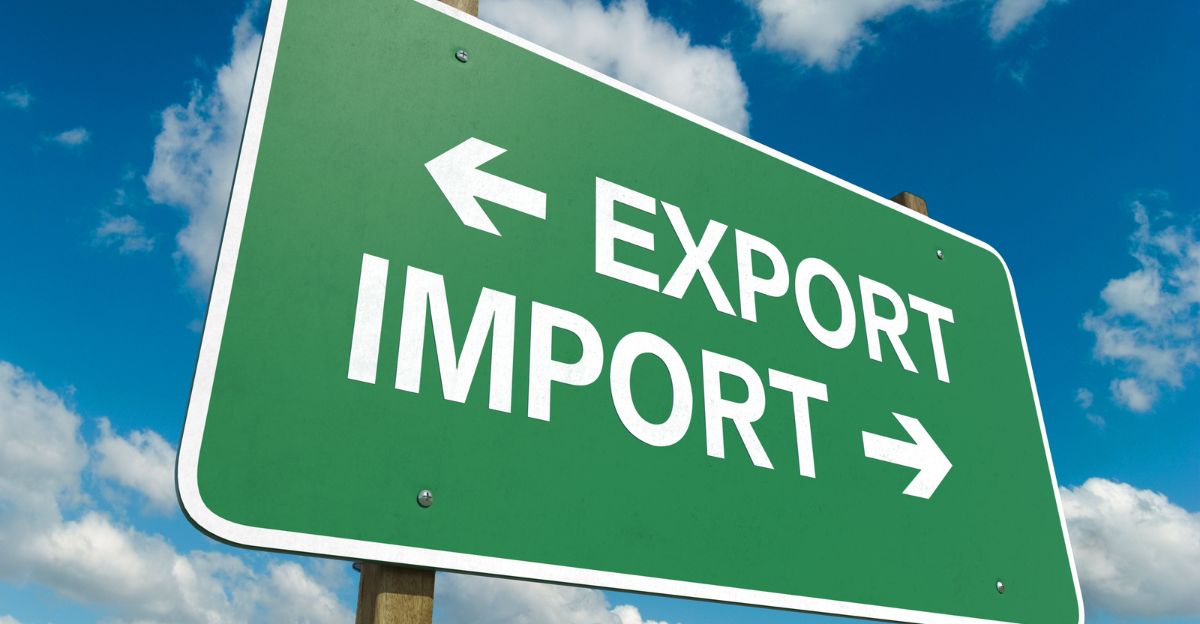
Retaliation is encouraged by tariffs. Trading partners retaliate in kind, focusing on American exports ranging from agriculture to aerospace, as the United States increases barriers. Businesses that rely on international markets are especially vulnerable to this export trap. For instance, as overseas consumers shift to other suppliers, the demand for American products in the aerospace and agricultural sectors has decreased. The tit-for-tat tariff cycle further weakens the manufacturing base, reduces export opportunities, and erodes business confidence.
As foreign consumers create new connections and supply chains that do not include American companies, this loss of competitiveness may eventually become irreversible. Sales losses in the agriculture sector alone have cost billions of dollars, with repercussions felt by supporting industries and rural communities.
Second-Order Impacts: Investment and Innovation

The harm is not limited to decreased sales or increased expenses. Tariffs discourage long-term investment in technology and innovation by causing widespread uncertainty. Businesses reduce their R&D and capital expenditures when margins are tight, and supply chains are changing. This gradually weakens America’s technological superiority and ability to compete internationally.
Imported component tariffs increase expenses for both new and established businesses, making it more difficult to scale production or commercialize new technologies. In uncertain times, venture capital, which is already risk averse, becomes even more limited, which inhibits entrepreneurial activity. The development and uptake of innovative solutions, such as renewable energy systems and electric cars, are slowed down as a result.
Third-Order Impacts: Social and Psychological Repercussions

Tariffs have social and psychological repercussions in addition to economic ones. As factories slow down or close, workers in manufacturing hubs face job insecurity and wage stagnation. Communities centered on industrial employment face a rise in polarization, a fall in morale, and an increase in anxiety. The hollow promise of a tariff-driven revival exacerbates social divisions and fosters mistrust among decision-makers. These less obvious but extremely damaging third-order effects exacerbate the economic damage and jeopardize the social cohesion of impacted areas.
As demand for retraining programs, mental health support, and unemployment benefits increases, social services are overburdened. The psychological effects, which include stress, depression, and a feeling of betrayal, can last for years and weaken the cohesiveness and resilience of a community.
The Opposing Opinion: When Tariffs Backfire
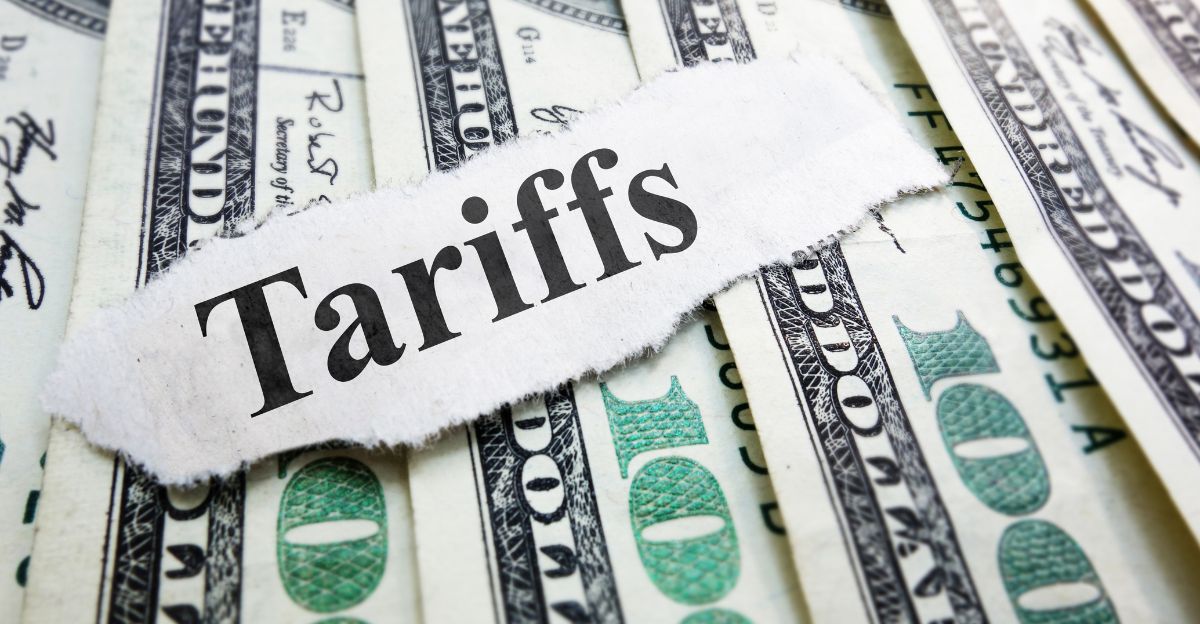
One might be tempted to think of tariffs as a tactical tool for demonstrating national power. However, both historical and contemporary data indicate that they frequently backfire. High tariffs during the Gilded Age encouraged ineffective, politically connected businesses and decreased labor productivity. Tariffs now cause higher prices and missed opportunities rather than the promised industrial revival or job growth.
Furthermore, since tariffs were a valuable tool in the past, the global economy has undergone significant change. With supply chains spanning continents and depending on just-in-time logistics, today’s industries are highly integrated across national boundaries. Tariffs cause inefficiencies and cost increases in these networks, which eventually harm both businesses and consumers.
Implications for Americans

The conclusion has been reached that tariffs are severely harming American manufacturing, which has repercussions for consumers, workers, and the economy as a whole. The real consequences of protectionist policies in the twenty-first century are increased expenses, lost employment, stifled innovation, and social disruption. Americans must either embrace the idea that tariffs are a panacea or face the harsh facts and call for more intelligent, flexible trade policies.
It’s obvious that a new strategy is required as we look to the future, one that makes use of America’s advantages in entrepreneurship, innovation, and education rather than withdrawing behind financial barriers. It is imperative that policymakers concentrate on establishing an atmosphere that promotes investment, aids in workforce development, and cultivates international collaborations.
Discover more trending stories and Follow us to keep inspiration flowing to your feed!

Craving more home and lifestyle inspiration? Hit Follow to keep the creativity flowing, and let us know your thoughts in the comments below!
